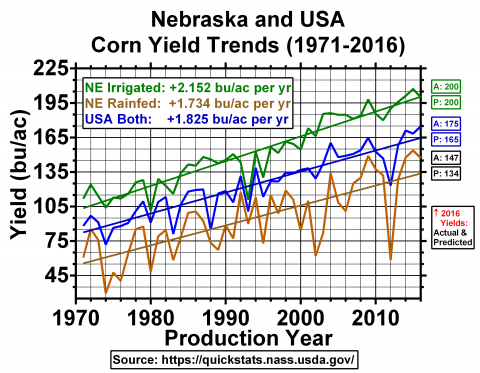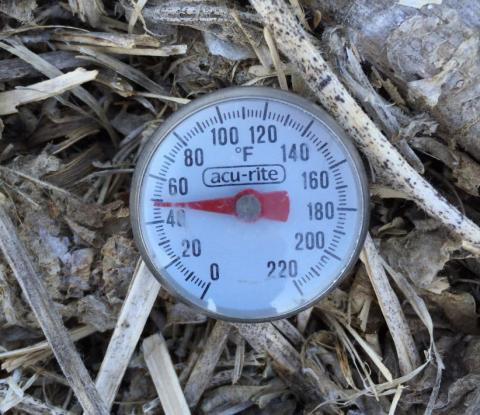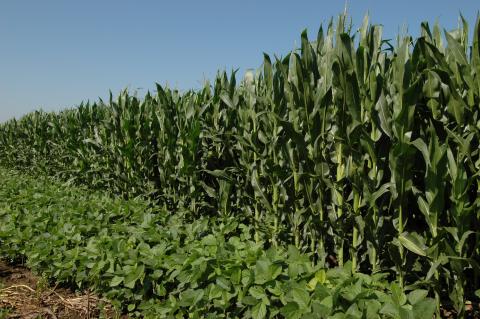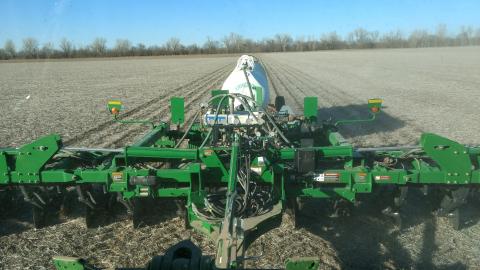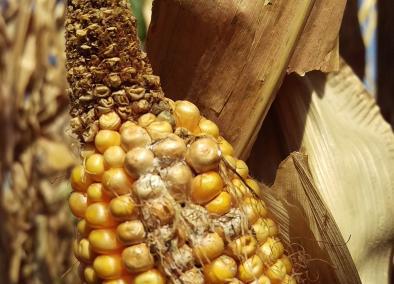Soybean and Corn Yield and Acreage Trends through 2016
Hindsight of 2016 Corn Yield Forecasts by the Yield Forecasting Center
Here we provide an evaluation of the corn yield forecasts released during the 2016 crop season by the Yield Forecast Center. We compared our end-of-season forecasted yield potential against the average corn yields reported by USDA NASS for rainfed and irrigated production.
Corn, Soybean Planting Considerations for this Week’s Cold Snap
Rotation Impact on Irrigated Corn and Soybean Yields in Nebraska
On most Nebraska rainfed farms, soybean and corn are usually rotated. On irrigated fields, however, the rotation sequence tends to shift to more years of corn between soybean, and in some cases, corn is grown continuously, year-after-year.
Cutting Costs Without Hurting Yields? Check Fertilizer N Rates in Corn after Alfalfa
With tight crop margins for the 2017 growing season, many farmers are looking for ways to cut input costs without hurting yields. One way to do this is by giving the appropriate nitrogen credit when calculating how much N to apply to corn grown after a prior alfalfa crop.


